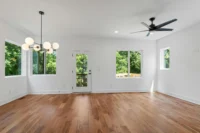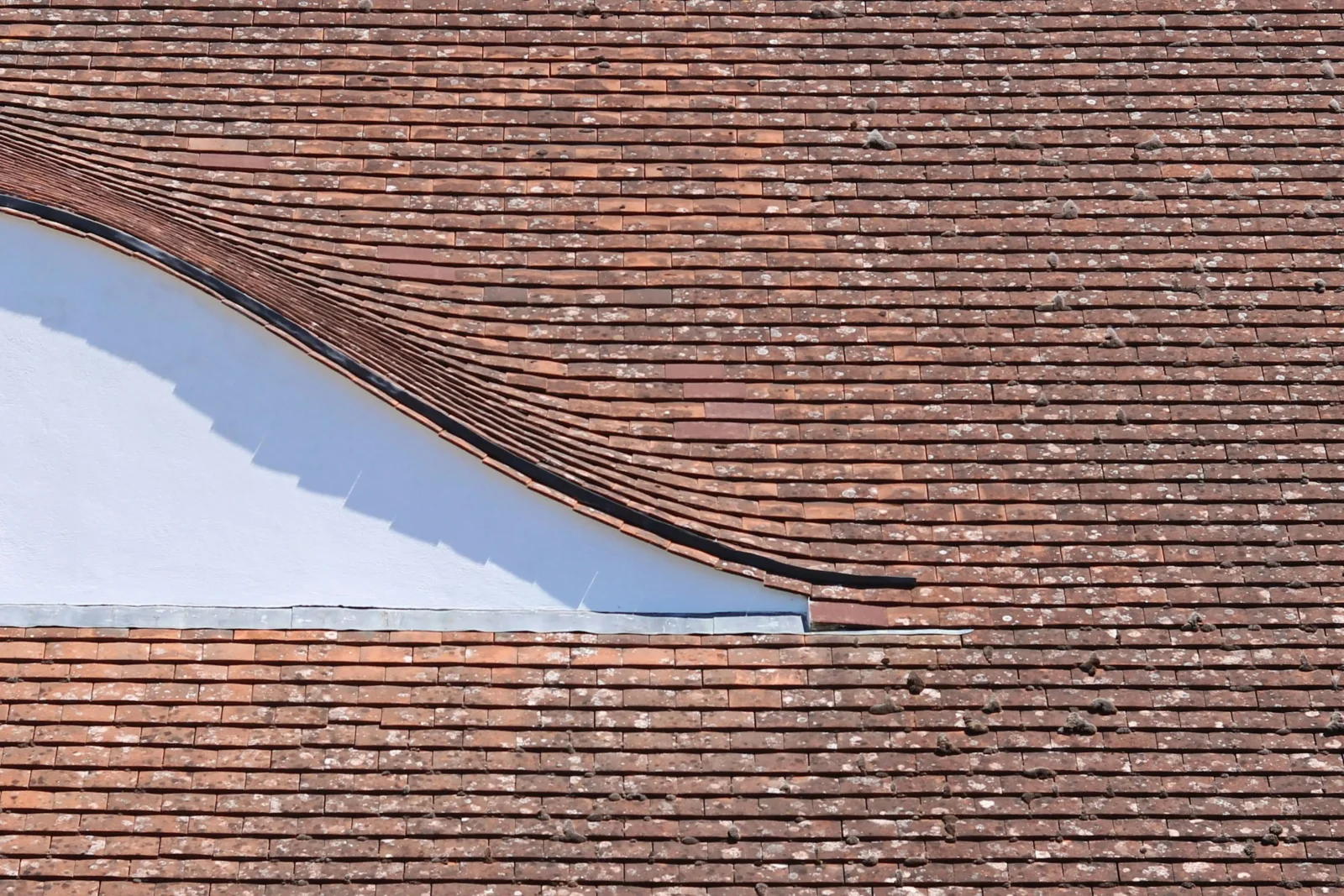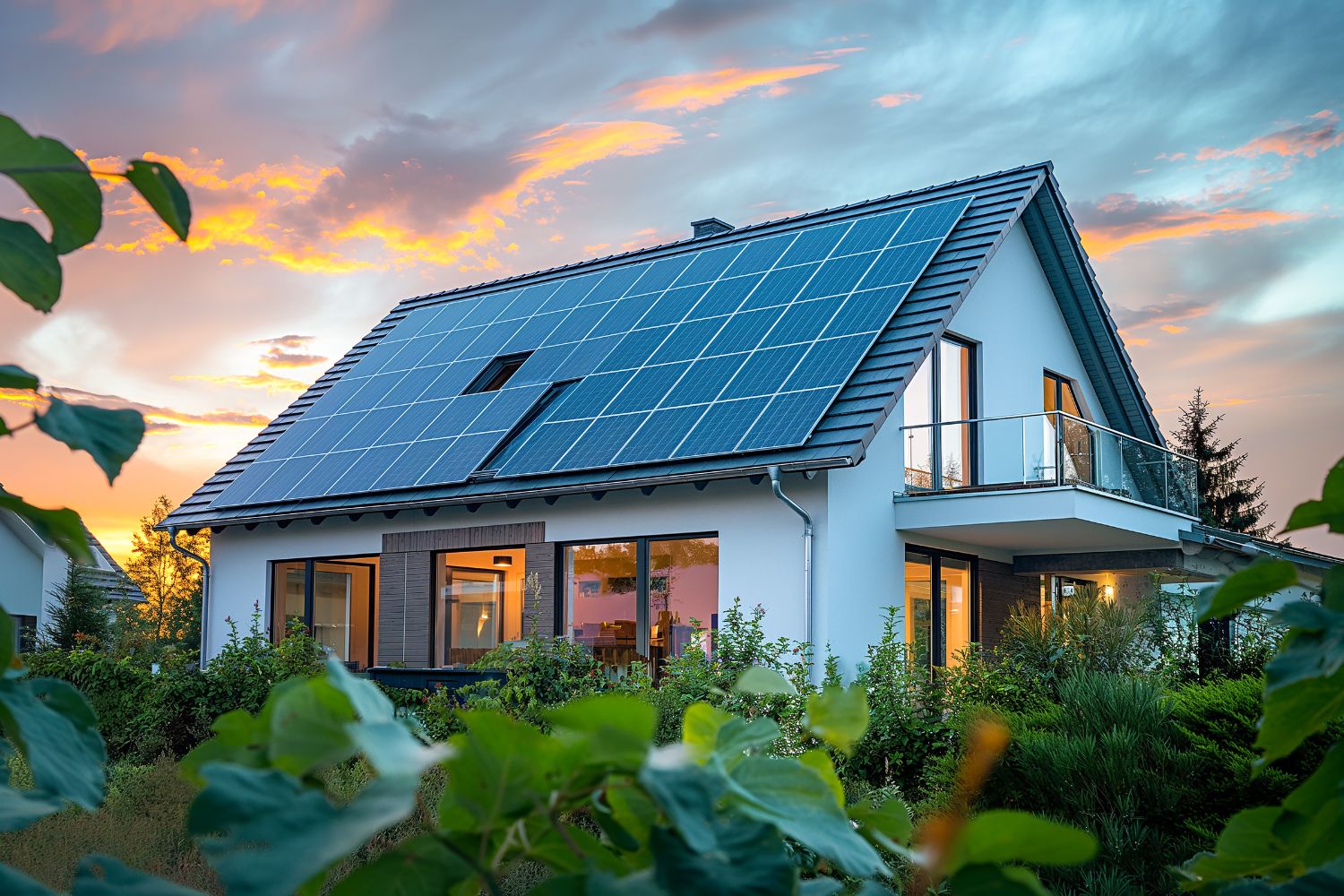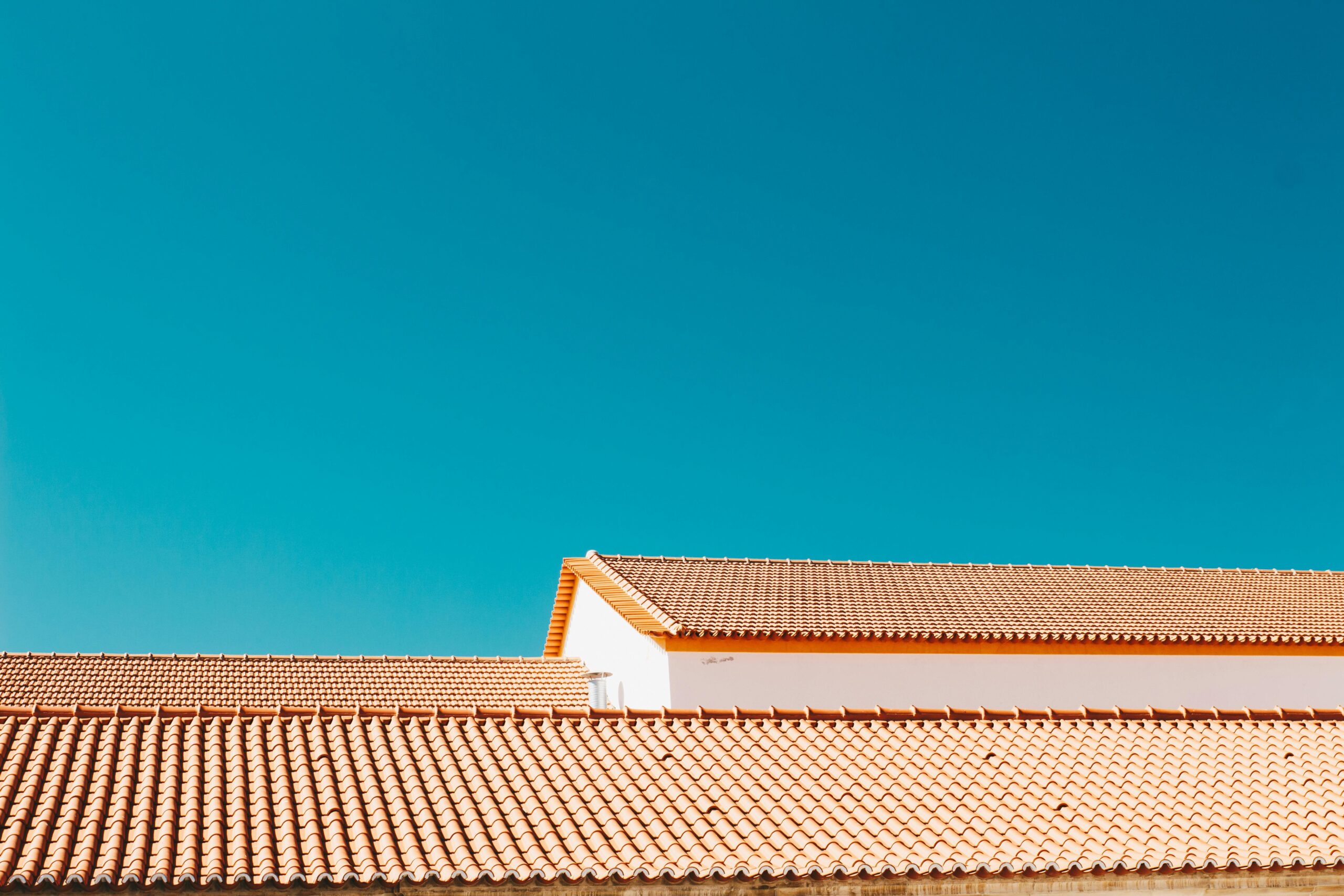- Home
- Articles
- Architectural Portfolio
- Architectral Presentation
- Inspirational Stories
- Architecture News
- Visualization
- BIM Industry
- Facade Design
- Parametric Design
- Career
- Landscape Architecture
- Construction
- Artificial Intelligence
- Sketching
- Design Softwares
- Diagrams
- Writing
- Architectural Tips
- Sustainability
- Courses
- Concept
- Technology
- History & Heritage
- Future of Architecture
- Guides & How-To
- Art & Culture
- Projects
- Interior Design
- Competitions
- Jobs
- Store
- Tools
- More
- Home
- Articles
- Architectural Portfolio
- Architectral Presentation
- Inspirational Stories
- Architecture News
- Visualization
- BIM Industry
- Facade Design
- Parametric Design
- Career
- Landscape Architecture
- Construction
- Artificial Intelligence
- Sketching
- Design Softwares
- Diagrams
- Writing
- Architectural Tips
- Sustainability
- Courses
- Concept
- Technology
- History & Heritage
- Future of Architecture
- Guides & How-To
- Art & Culture
- Projects
- Interior Design
- Competitions
- Jobs
- Store
- Tools
- More
Key Things to Know Before Applying a Roof Coating

Roof coatings are a valuable way to extend the life of a roof, improve energy efficiency, and enhance protection against the elements. For both residential and commercial property owners, applying a roof coating can be a cost-effective solution compared to a full roof replacement. Before starting the process, it’s important to understand the factors that influence success. From selecting the right material to preparing the surface properly, a well-informed approach ensures long-term benefits.
Table of Contents
ToggleUnderstanding When to Consult Professionals
One of the first steps in roof coating is determining whether the roof is in the right condition for the application. While some homeowners may be tempted to handle the process themselves, consulting with a professional roofing company provides an extra layer of assurance. Experts can evaluate whether the existing roof can support a coating or if repairs are necessary before application. They guide homeowners through product choices suited to the climate and roof type.
Professionals bring experience that helps avoid costly mistakes. Improperly applied coatings may not adhere correctly, leading to premature peeling or cracking. Hiring experts ensures the coating delivers its intended benefits, including leak prevention, UV protection, and extended lifespan.
Assessing the Condition of the Roof
Before applying a roof coating, it is critical to inspect the current state of the roof. Coatings are not designed to fix significant structural problems. If there are large cracks, water damage, or deteriorated sections, those issues must be addressed first. Applying a coating over a compromised surface will only mask problems temporarily and could lead to more costly repairs later.
Even minor issues like loose flashing, small leaks, or standing water need to be corrected before moving forward. A roof that is properly repaired and cleaned provides the ideal foundation for a long-lasting coating.

Choosing the Right Type of Coating
Not all roof coatings are created equal. Different formulations are designed to serve different purposes, and choosing the right type is important. Elastomeric coatings are popular for their flexibility and ability to expand and contract with temperature changes, while silicone coatings offer superior water resistance and UV protection. Acrylic coatings, on the other hand, are cost-effective and suitable for many climates.
The choice depends on the roof’s material, the local climate, and the property owner’s long-term goals. For example, in hot climates, reflective coatings can help reduce cooling costs by reflecting sunlight. In wet areas, water-resistant coatings may provide greater value. Consulting with experts helps narrow down the best option for each unique situation.
Surface Preparation and Application Techniques
Surface preparation is often the most time-consuming but critical step in applying a roof coating. Dirt, debris, and oil residues must be completely removed, as they prevent the coating from adhering properly. Power washing is typically recommended, followed by thorough drying. In some cases, a primer may be necessary to ensure proper adhesion.
Application techniques influence results. Coatings can be applied using brushes, rollers, or spray systems, depending on the type of coating and the roof’s size. Multiple coats may be required, and each layer must cure fully before applying the next. Proper weather conditions are important, extreme heat, cold, or humidity can interfere with the process.
Considering Energy Efficiency Benefits
One of the most attractive features of roof coatings is their potential to improve energy efficiency. Reflective coatings, often referred to as “cool roof” systems, bounce sunlight away from the building, lowering rooftop temperatures and reducing air conditioning costs. This is beneficial for commercial buildings with large flat roofs that absorb significant heat.
In residential settings, energy savings can add up while creating a more comfortable indoor environment. Property owners should view roof coatings as a protective layer and as an investment in reducing long-term operating costs.

Long-Term Maintenance and Care
Even though roof coatings extend the lifespan of a roof, they are not maintenance-free. Regular inspections are necessary to ensure the coating remains intact and free of damage. Harsh weather events, falling debris, or foot traffic can cause wear that requires touch-ups.
Depending on the product used, coatings may need to be reapplied every 5 to 15 years. Property owners should follow manufacturer guidelines and schedule periodic inspections to address small issues before they grow into larger concerns. Consistent maintenance preserves the value of the coating and maximizes its protective benefits.
Applying a roof coating is a practical and cost-effective way to enhance roof performance, but preparation and informed decision-making are key to success. By consulting with a trusted roofing contractor, evaluating roof conditions, selecting the right type of coating, and committing to proper maintenance, property owners can enjoy extended roof life, improved energy efficiency, and reduced repair costs.
Approaching roof coating as an investment rather than a quick fix ensures it delivers lasting value and peace of mind for years to come.
A licensed architect with hands-on studio experience, I translate complex design ideas into clear, engaging stories for a global audience. As a seasoned content writer and editor, I craft articles, project features, and thought-leadership pieces that illuminate emerging technologies, sustainable practices, and cutting-edge design trends—always with an architect’s eye for detail, accuracy, and narrative flow. My goal is to bridge practice and publication, giving fellow professionals and curious readers alike the insight and inspiration they need to push architectural boundaries.
Submit your architectural projects
Follow these steps for submission your project. Submission FormLatest Posts
To Upgrade or to Change Your Roof Completely: Key Facts to Know
Deciding what to do with an aging roof often brings confusion, hesitation,...
Best Practices for Roof Inspections and Maintenance
On most projects, the roof spends decades out of sight while carrying...
Sunny Days, Secure Roof: Simple Steps to Shield Your Home
Your home is more than just a place to live—it’s a sanctuary....
Simple and Stylish Roof Ideas for Homeowners
When designing your home, don’t overlook the roof. It’s essential for both...












Leave a comment